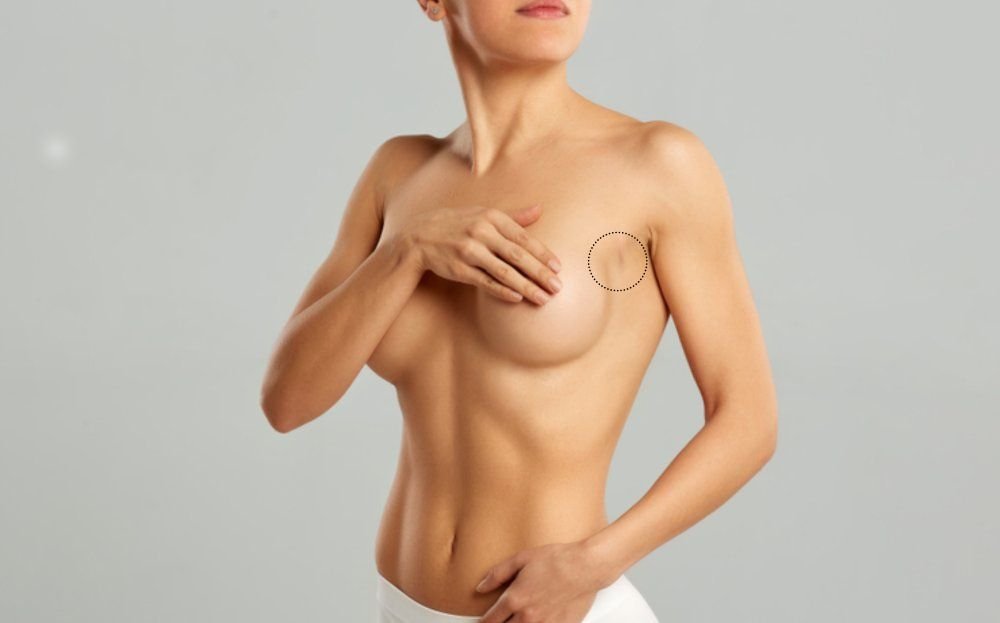Breast augmentation recovery is not just about rest—how you move and exercise during healing can significantly impact your results. Korean plastic surgeons, known for their precise surgical techniques and post-op care, offer structured guidance on which exercises to avoid and which to incorporate, step-by-step, to ensure a safe recovery and long-lasting aesthetic results.
🗓️ Understanding Recovery Stages: A Timeline-Based Approach
According to leading Korean clinics such as Banobagi, ID Hospital, and JW Plastic Surgery, here’s how exercise should be approached post-op:
| Timeline | Activity Guidelines |
|---|---|
| Week 1 | Light walking only. No lifting, stretching, or cardio. |
| Weeks 2–3 | Continue walking. Gentle lower-body movement okay. No arm or chest workouts. |
| Weeks 4–6 | Gradual return to non-impact cardio. Light lower-body resistance. Avoid upper-body and bouncing motions. |
| After Week 6–8 | Begin light chest and arm workouts (if approved). Increase intensity slowly. |
| After 3 Months | Full exercise routine typically resumed, including high-impact sports and weight training. |
❌ Exercises to Avoid After Breast Augmentation
Korean surgeons emphasize that certain movements can interfere with healing, displace implants, or cause capsular contracture (scar tissue tightening). Here’s what to avoid:
1. 🏋️♀️ Chest Presses or Push-Ups (First 2–3 Months)
- These exercises engage the pectoralis major muscle, where many implants are placed under (submuscular or dual-plane).
- Pushing too soon can shift implant position or strain healing tissues.
2. 🧘♀️ Stretching Overhead or Behind the Back (First 4–6 Weeks)
- Movements like overhead yoga poses, backbends, or behind-the-neck stretches can pull on sutures or incisions.
3. 🏃 High-Impact Cardio (Running, Jumping, HIIT)
- Bouncing can irritate the breast pocket and lead to swelling or fluid buildup (seroma).
- Surgeons in Korea recommend brisk walking as a safer early cardio option.
4. 🧗 Arm-Intensive Sports (Swimming, Tennis, Pole Fitness)
- Should be avoided for 6–8 weeks due to repetitive arm motion, which can increase strain on the healing chest muscles.
5. 🧼 Heavy Household Chores
- Even vacuuming or lifting grocery bags can act as “unintentional exercise” and should be avoided during early recovery.
🧑⚕️ Dr. Choi Seung-Hwan (ID Hospital):
“We recommend patients avoid any activities that elevate the heart rate too much or strain the chest wall for at least 6 weeks. Implants need time to settle securely.”
✅ Best Exercises to DO After Breast Augmentation (Safe & Surgeon-Approved)
Once cleared by your surgeon, these exercises can help maintain fitness without compromising recovery:
✔️ 1. Walking (Immediately After Surgery)
- Encourages blood circulation and prevents blood clots
- Aids in reducing swelling and stiffness
✔️ 2. Seated Leg Raises or Resistance Band Leg Workouts (Weeks 2–4)
- Focuses on the lower body while keeping the upper body stable
- Avoids any strain on the chest
✔️ 3. Core Strengthening (After 4–6 Weeks)
- Start with gentle exercises like:
- Pelvic tilts
- Bird-dogs
- Knee folds
- Avoid crunches or planks until cleared
✔️ 4. Gentle Arm Mobility (After Week 4)
- Start with shoulder rolls, elbow bends, and light wall crawls to regain mobility
- Gradually add resistance band exercises after 6–8 weeks
✔️ 5. Yoga (After 2–3 Months)
- Stick to gentle flows at first (e.g., yin yoga or restorative yoga)
- Avoid power yoga, inversions, or positions that pressure the chest
👩⚕️ Dr. Lee Hye-Min (Banobagi Clinic):
“By gradually returning to movement, patients not only heal better but often achieve better implant positioning and symmetry in the long run.”
🎽 Supportive Gear: What to Wear While Exercising
Korean clinics recommend wearing:
- Surgical support bras (non-wired) for the first 4–6 weeks
- High-support sports bras (with compression) when starting light exercise
- Avoid underwire bras until the implants fully settle (8–12 weeks)
Proper support prevents bouncing and protects incision areas.
⚠️ Warning Signs to Stop Exercise Immediately
If you experience any of the following, stop activity and contact your surgeon:
- Sudden swelling in one breast
- Sharp pain or pulling sensations
- Unusual implant movement
- Increased redness, warmth, or fever
✅ Final Advice from Korean Surgeons
“Listen to your body and follow a structured recovery plan. Every patient heals at a different pace. Our job is to guide you so your aesthetic results are preserved long-term.”
— Dr. Hwang Min-Kyu, View Plastic Surgery




